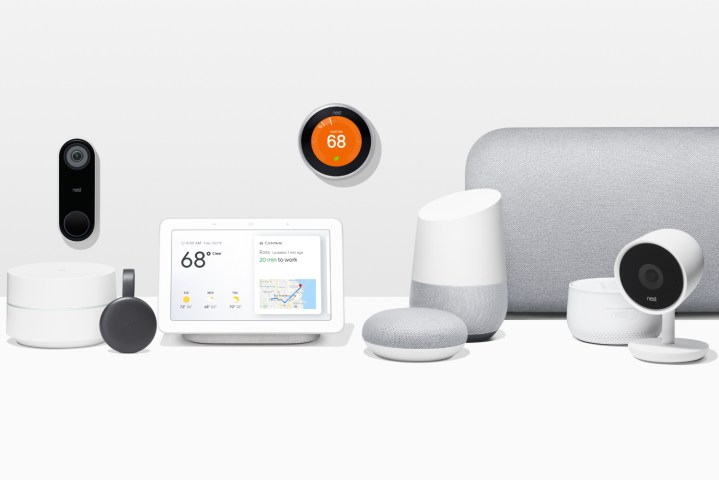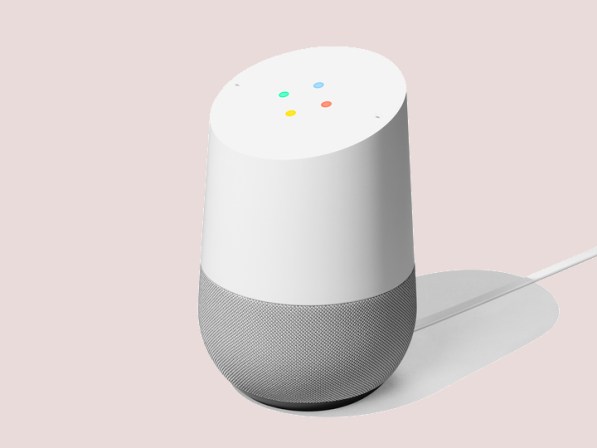
With the rumor mills in full swing about the Google Nest Mini and the September 9 release of the Nest Hub Max, some fans have criticized Google’s relatively slow update cycle when it comes to smart speakers. After all, the original Google Home Mini was released all the way back on October 19, 2017. That’s two years without a new model! Is the company trying to lose to Amazon? Well, no. Not at all. Google made the smart call by not updating its speakers annually.
Hardware announcements get all the hype, while software announcements are met with much less applause. After all, hardware is something you can touch and feel. It’s tangible. Software is quieter, more behind-the-scenes. Your device might run a little faster, but for the average person, that doesn’t compare to a new, shiny smart speaker.
Instead of releasing a new smart speaker every year, Google has focused on software improvements. What hardware releases have come along have been more impressive than just a design change (take the Echo, for example) or a few new color options. The tech giant has focused instead on improving the number of available skills, addressing customer concerns, and improving the number of compatible devices.
Huge strides with software
A lot of Google Home users disliked how the smart assistant responded to queries. They desired a simpler response instead of a complete reiteration of their command — so Google made it so the Google Home would respond with a chime to certain questions.
Although Amazon’s Alexa has celebrity voices coming later this year, its voice options still fall short compared to Google Assistant. Google offers more than 10 voice options, some of which speak with non-American accents. It gives Google Home a more distinctive personality than the humdrum tone of Alexa.
All of these things might seem small, but a big advantage for Google Home users is that the smart assistant can listen and respond to three different commands in a row. In practical terms, this makes

Google’s audio still reigns
Audio quality is a huge factor for a lot of users. After all, the “speaker” part of “smart speaker” does make a difference. The Google Home Max reigns supreme with some of the best audio quality of any smart speaker on the market. Smart home audiophiles find their perfect assistant in the
Alexa struggled to provide a great audio experience, but Google got it right pretty much from the start. Factor in Google Home’s ability to stream music over Wi-Fi as well as Blueooth, and you have an audio powerhouse that does more than serve as just a smart speaker. A recent update even made it possible to move audio from one Google Home device to another with a spoken command.

What a smart speaker should be
Google Home can recognize individual voices (and even use voice as a security measure). Up to six user accounts can be placed on a single
On top of multiple users, Google Home supports over 10,000 devices from more than 1,000 brands. If it’s a smart device, chances are pretty high that it is compatible with
Google Home is what a smart speaker should be: Responsive, capable, and reliable. The incredible audio quality doesn’t hurt, either. And though the update cycle might be slow, new devices are on the way that will catapult Google’s smart speaker line even higher in popularity. Google might not release as many devices as Alexa does, but that’s because the company doesn’t need to — each device’s quality speaks louder than quantity.
Editors' Recommendations
- Home Depot’s Hubspace is a great way to start building your smart home
- Amazon might launch a paid version of Alexa later this year
- Google Home adds new camera features and support for Nest Cam Outdoor
- Here’s how to throw a killer Halloween party with your smart home
- Google’s Nest Aware service is getting more expensive





